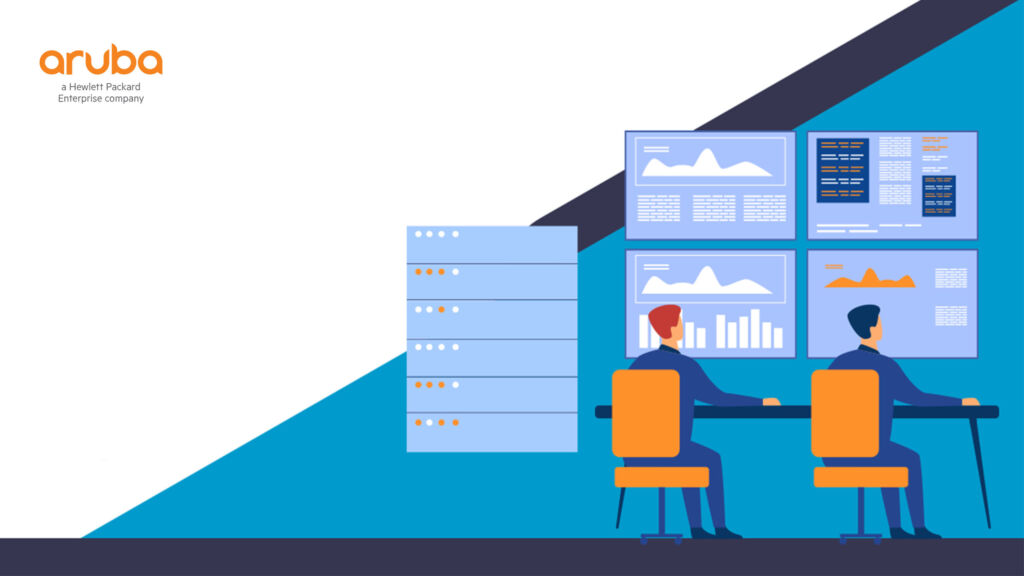Today's complex virtualized enterprise puts IT managers to a serious management test. As network administrators struggle to know how best to monitor network traffic and ensure operational excellence, managers routinely seek guidance on best practices and the right tools for the job.
Moreover, in this era of digital transformation, the enterprise network underpins all the radical changes underway. The network infrastructure that facilitates critical operations connects to more systems and devices than ever before.
Just like the businesses and governments that depend on it, the corporate network has become much more dynamic. And because organizations depend so heavily on the network being fast, secure, and reliable, operational excellence is the expectation.
Monitoring Network Traffic
Network traffic monitoring services are important tools for capturing critical traffic data for analysis and optimization. But selecting the right tools and deploying them effectively requires a good understanding of the organization's network infrastructure, priorities, and challenges.
Here are six steps you can take to monitor network traffic to support a reliable, high-performance enterprise network infrastructure.
Step 1: Take stock
When managing any network environment, you need an accurate inventory of all the devices and applications running on the network. Large and complex networks are more difficult to monitor, especially through manual methods.
To get a clear picture of assets and interdependencies, IT managers can use a network mapping tool that can automatically discover devices and capture a complete asset inventory. In addition, it is a good idea to periodically check assets for changes.
Step 2: Set a standard
To understand when anomalous network activity occurs that may indicate a problem, including a possible security breach, the IT group first needs to establish a baseline that shows normal traffic activity.
Network managers can use data capture or traffic detection tools to collect information about network activity over time. Data capture must be a continuous process because changes in the network are constant.
From this data, IT can perform network traffic analysis to troubleshoot problems and make changes to improve service levels.
Step 3: Verify and refine your settings
Network monitoring is an ongoing process - not a one-time activity. Continuous network monitoring is a way to identify when devices are not configured correctly.
Used in conjunction with network configuration management software, monitoring and analyzing network performance can also help IT identify opportunities to refine device settings to provide faster data transfers over the network.
Graphical reporting tools can make it easier for network managers to assess and resolve service level problems.
Step 4: Apply escalation procedures
You will need a formalized policy that can alert the appropriate IT staff member when a network problem occurs. Automated tools can start this process, escalating the incident to the appropriate expert as more information becomes available.
These tools can also alert IT and line-of-business professionals when a problem may affect adjacent areas or operations. Maintaining an up-to-date escalation model is crucial to avoid wasted time and prolonged outages.
Step 5: plan for the disaster and aim for continuity
An underperforming network can impede productivity. An outage can completely shut down operations, resulting in heavy losses.
Effective network monitoring and performance management can help IT detect problems before they become fully problematic, minimizing their effect on the business.
But to ensure high availability and limited downtime, IT needs to have a business continuity and disaster recovery plan that details the appropriate failover measures. Architecting the network with no single point of failure is key to avoiding major, prolonged outages
Step 6: Change Plan
Today's networks are constantly evolving as organizations grow and sometimes consolidate. The wide adoption of cloud computing services also has an effect as more companies adopt a hybrid IT model with some resources on-premises and others in third-party environments.
It is important to continually evaluate how changes in the business may affect the network - and then make the necessary adjustments.
Tools for monitoring network traffic
Network monitoring requires several elements to be successful, including automated inventory discovery to properly map the network. Alerting and reporting tools provide the notifications IT needs to stay on top of problems and other reports to adjust settings.
Fault isolation and troubleshooting shows exactly where the problem lies. Network traffic analysis gives network managers insight into the source of the problem, so they can speed up remediation and limit undesirable outcomes.
Conversys can help your company reduce the risks and impact of this global crisis. Contact our experts now to learn more about Aruba Networks' security, network management and connectivity solutions. We're here to help you meet this challenge.
About Conversys
Conversys IT Solutions is a provider of Information Technology and Communication services and solutions acting all over Brazil.
With a highly qualified technical and commercial team and a partner network that includes the main global technology manufacturers, Conversys IT Solutions is able to deliver customized solutions for IT Infrastructure and Telecom to its clients.
We invest in our employees and partners and strive for a long-lasting relationship with our clients, because we believe that this way we gain the skills and knowledge necessary to innovate and generate value to the businesses in which we operate.


